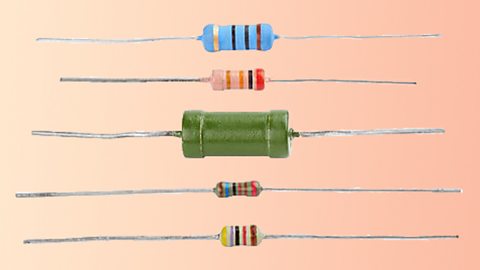Electricity
What is electricity?
A quick guide, with video, explaining the concept of electricity and electric current.
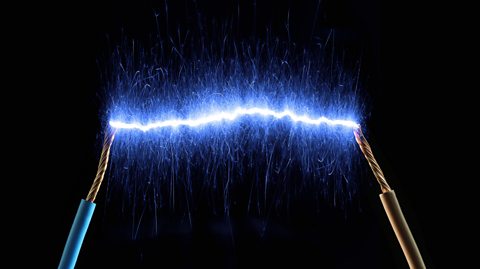
How to generate electricity
A simple, step-by-step, visual guide showing you how to generate electricity by spinning a magnet in a coil of wire.
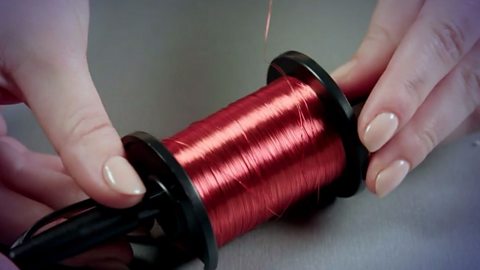
Static electricity
Objects can become positively charged or negatively charged. This is called static electricity. Find out more with 91热爆 Bitesize. For students between the ages of 11 and 14.
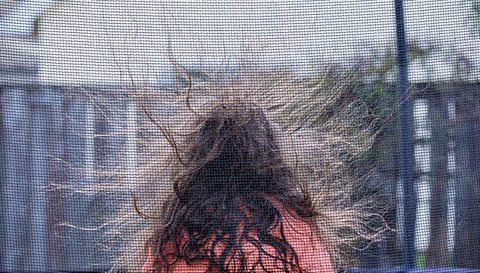
Electricity sparks and shocks
When charged objects discharge suddenly, an electrostatic spark is formed. Find out more with 91热爆 Bitesize. For students between the ages of 11 and 14.
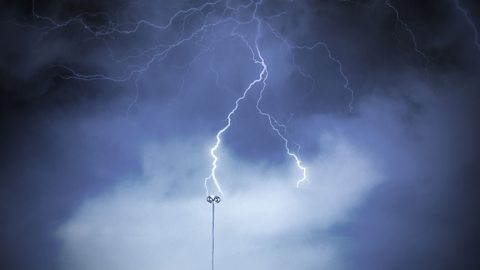
Conductors and insulators
Electrical current flows easily through a conductor, but does not flow through an insulator. Find out more with 91热爆 Bitesize. For students between the ages of 11 and 14.
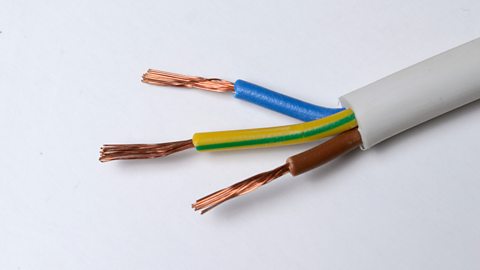
Introduction to circuits
Circuit diagrams use symbols to show how electrical components are connected in a circuit. Find out more with 91热爆 Bitesize. For students between the ages of 11 and 14.
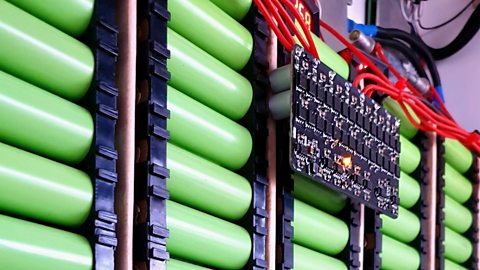
Electric current and potential difference
A guide explaining the concept of electric current and potential difference.
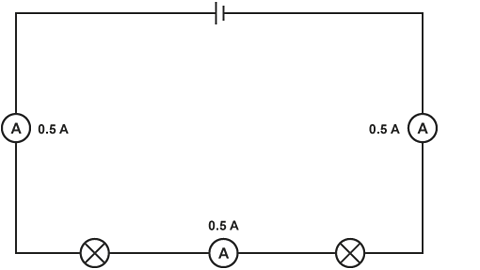
Models of circuit diagrams
Different models, like water in a central heating system, can help us understand electrical circuits. Find out more with 91热爆 Bitesize. For students between the ages of 11 and 14.

Series circuits
Electrical circuits can be connected in series, meaning all the components are in the same loop. Find out more with 91热爆 Bitesize. For students between the ages of 11 and 14.

Parallel circuits
In circuits connected in parallel, the components are connected on different branches. Find out more with 91热爆 Bitesize. For students between the ages of 11 and 14.
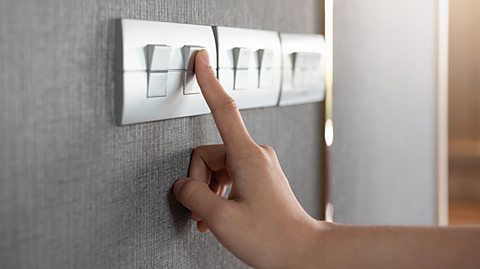
Resistance
The more resistance there is in a circuit, the less current will flow. Find out more with 91热爆 Bitesize. For students between the ages of 11 and 14.
